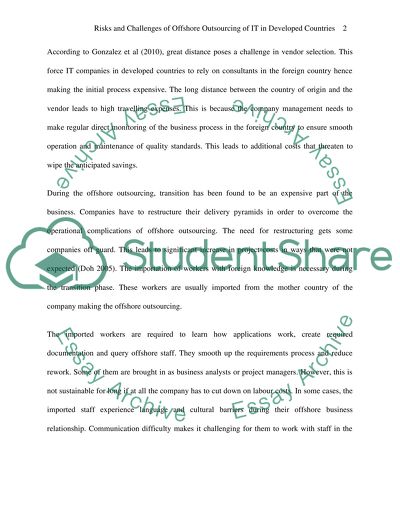Cite this document
(“Investigations of the risks and challenges with offshore outsourcing Research Paper”, n.d.)
Retrieved from https://studentshare.org/family-consumer-science/1412716-investigations-of-the-risks-and-challenges-with
Retrieved from https://studentshare.org/family-consumer-science/1412716-investigations-of-the-risks-and-challenges-with
(Investigations of the Risks and Challenges With Offshore Outsourcing Research Paper)
https://studentshare.org/family-consumer-science/1412716-investigations-of-the-risks-and-challenges-with.
https://studentshare.org/family-consumer-science/1412716-investigations-of-the-risks-and-challenges-with.
“Investigations of the Risks and Challenges With Offshore Outsourcing Research Paper”, n.d. https://studentshare.org/family-consumer-science/1412716-investigations-of-the-risks-and-challenges-with.


